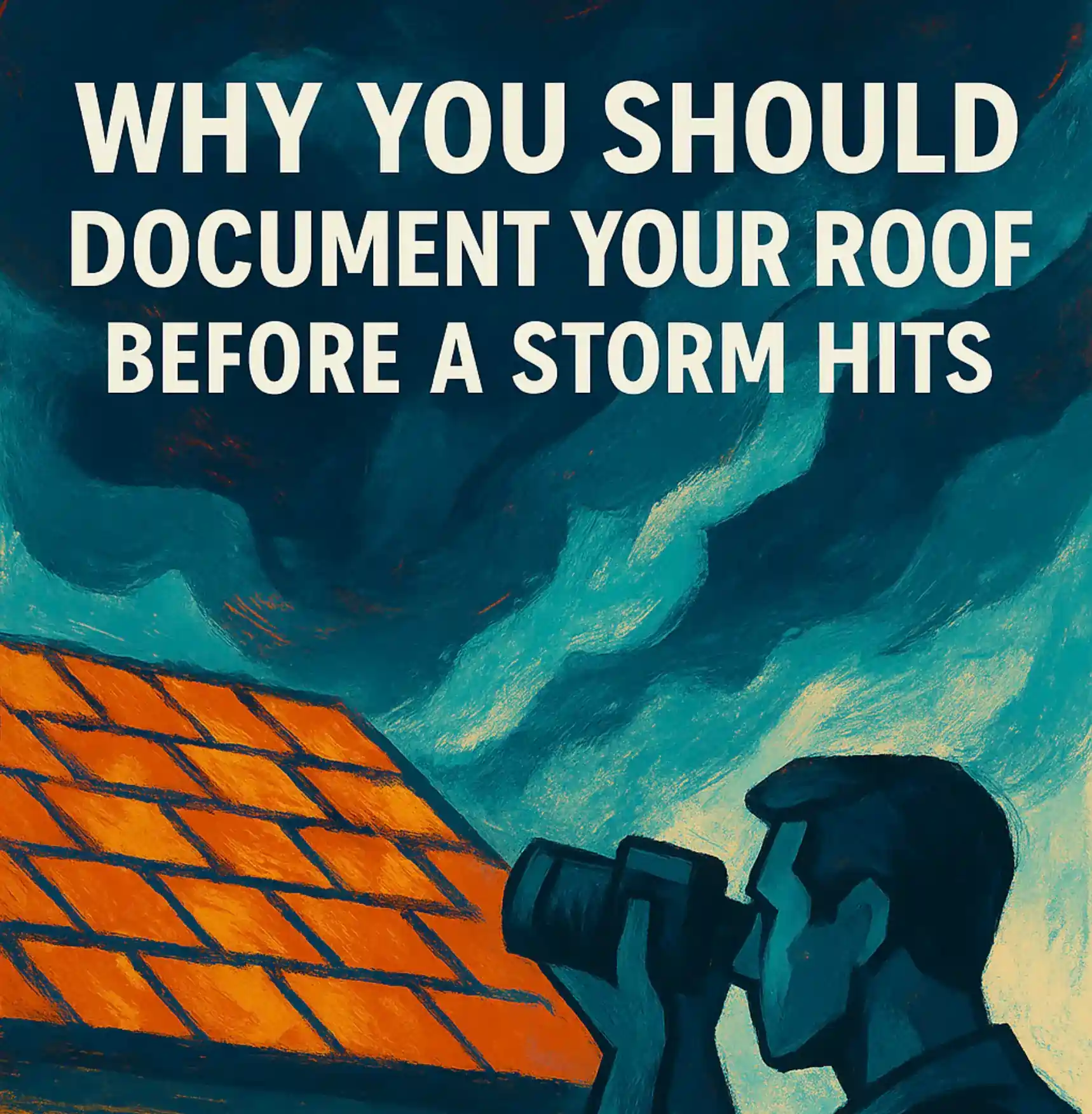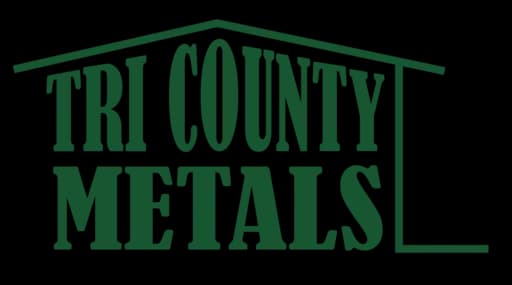A healthy roof provides some great benefits for your house such as saving costs on energy bills and increasing home value. Florida weather offers some great perks when it comes to your roof. For example, you don’t have to deal with shoveling snow off of it or dealing with heavy icicles that could cause a potential cave-in. Yet, the Sunshine State is not immune to problems with regards to your roof. So here are the top five ways to maintaining a healthy roof in Florida.
1. Keep trees trimmed and away from the roof
One of the most common culprits of roof damage is broken limbs, and branches rubbing on the shingles. To prevent damage, it’s important to cut your trees away from the roof. This will not only remove a hazard, but also keep your gutters cleaner by reducing leaf buildup.
2. Clean your gutters
Speaking of gutters, a great way to extend the life of your roof is by cleaning out the gutters. This will allow rain to naturally flow down the roof while preventing any harmful water buildup. This is an easy and time effective way to keep your roof repair costs down. Learn more about hidden roof issues here.
Take the first step
Schedule a fast, no-pressure visit. Since 1987 we’ve got you covered.
Get started3. Have missing or damaged shingles replaced immediately
If you ever notice shingles that are missing or damaged, you should have a licensed roofing contractor replace them immediately. If shingles are not functioning properly, it leaves your roof vulnerable to water damage and potentially mold over time. Here’s what your roofing contractor should be telling you.
4. Regular roof inspections
At minimum, it’s best to have your roof inspected at least once per year. This will ensure that your roof is functioning properly and without defects. A good roof inspection will not only look at the outside for any external damage or issues, but will also look underneath in the attic for any warning signs that there could be something wrong.
5. Join the Roof Care Club membership program
Many people neglect to make the necessary steps to maintain a healthy roof. As a member of the Roof Care Club, we will help you stay up to date on your roof as you will receive one annual roof inspection, priority service after a storm, discounts, and much more. Visit the Roof Care Club page for more information.
Maintaining your roof isn’t just about avoiding leaks — it’s about protecting your investment, ensuring your family’s safety, and enhancing your home’s energy efficiency. In Florida, where tropical storms, heat, and humidity put extra stress on roofing materials, routine care is vital. Being proactive about roof maintenance can extend its life significantly, and that means big savings in the long run. Consider a proactive maintenance strategy as a form of insurance — catching small issues before they evolve into costly problems. That’s why Florida homeowners need to be even more vigilant than most when it comes to roof health.
Want more ways to protect your roof and your wallet? Read our post on common roofing rip-offs to avoid.
[Photo by chapstickaddict, used under a Creative Commons license via Flickr. Design by Dan King of Fistbump Media.]















